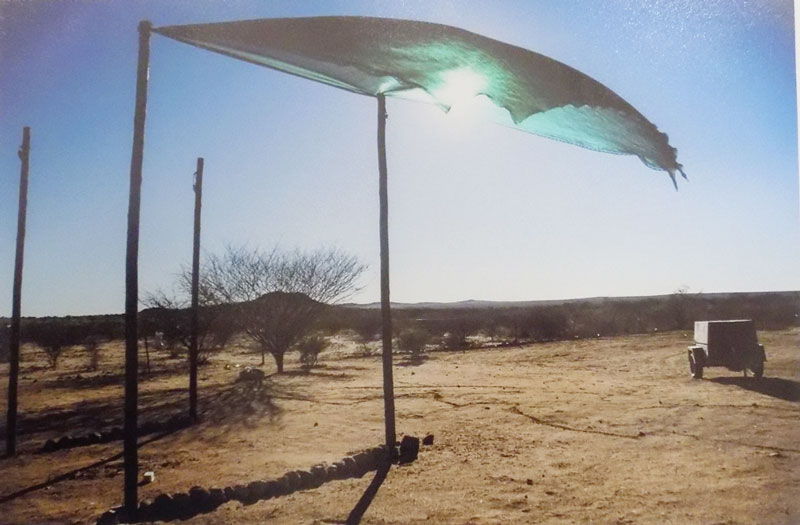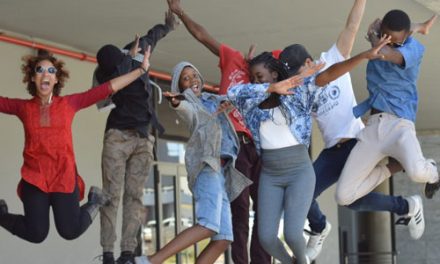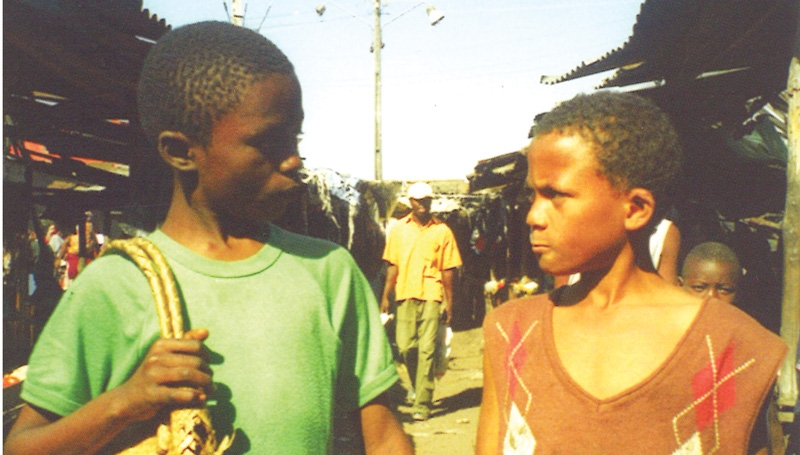
“Of Abundance” exhibition

The John Muafangejo Art Centre (JMAC) earlier this week introduced the audience to “Of Abundance”, a new photographic exhibition by Ray Piwi Ochieng Olewe who is the JMAC artist in residency all the way from Kenya. This new body of work is made up of site-related and generic photographs that were taken or sourced from various places across the country.
The exhibition runs until 16 September 2016.
The cozy inside of the JMAC gallery was filled to the brim with different art enthusiasts and artists as it presented an array of works with contrasting Namibian landscapes, both urban and rural. Through these simple yet striking images, the artist said he hopes to evoke dialogue on environmental politics in the Namibian context. Many of the photographs portray the detail of how local inhabitants co-exist with the semi-arid desert land that is Namibia. Olewe’s work go beyond photography as his engagement included professional workshops with local photographers and communities.
In unpacking his own work, he makes reference to African landscapes as contested sites of economic and political power. He is aware of how this is deeply embedded in the interplay of natural resources, capitalism and Africanism. Gazing at his own work, Olewe presents the dependence of humans on nature in a rather interesting manner showing vast open spaces with the tiniest hint of the human touch. For example in one of his photographs, Olewa captures a discarded empty white milk container lying against a quiver tree, with brownish-red sand and the darkening hues of the horizon overhead. This particular image, like so many others, is quite picturesque.
Explaining the inspiration behind his work Olewe said “I engage not only in strategies that have been historically attributed to environment such as intuition and creativity, but the processes that it generates and products it constructs are themselves imbued with beauty.” The artist is a man of little words but by examining his works one can tell that the pictures were taken at random and within the action of the moment. In one picture, Olewe’s fast lense captures the shadowy reflection of a girl riding past a payphone. It is a simple composition but a powerful image.
Also speaking at the opening was guest speaker Hugh Ellis, a lecturer in photojournalism and new media. “Too often Namibian photography has been divided between those who see themselves as landscape and wildlife photographers on the one hand, and those who see themselves as people photographers, documentarians and photojournalists, on the other. It is my view that a coming together of these strands can serve to bring new awareness to public issues of the environment and sustainable development at a time when perspective is sorely needed.” Ellis enthused.
Olewe’s photographic canvases have a sense of sincerity about them as everyday socio-political tensions are visible in the selected range of photographs that represent Namibia’s diverse environmental fabric.











































